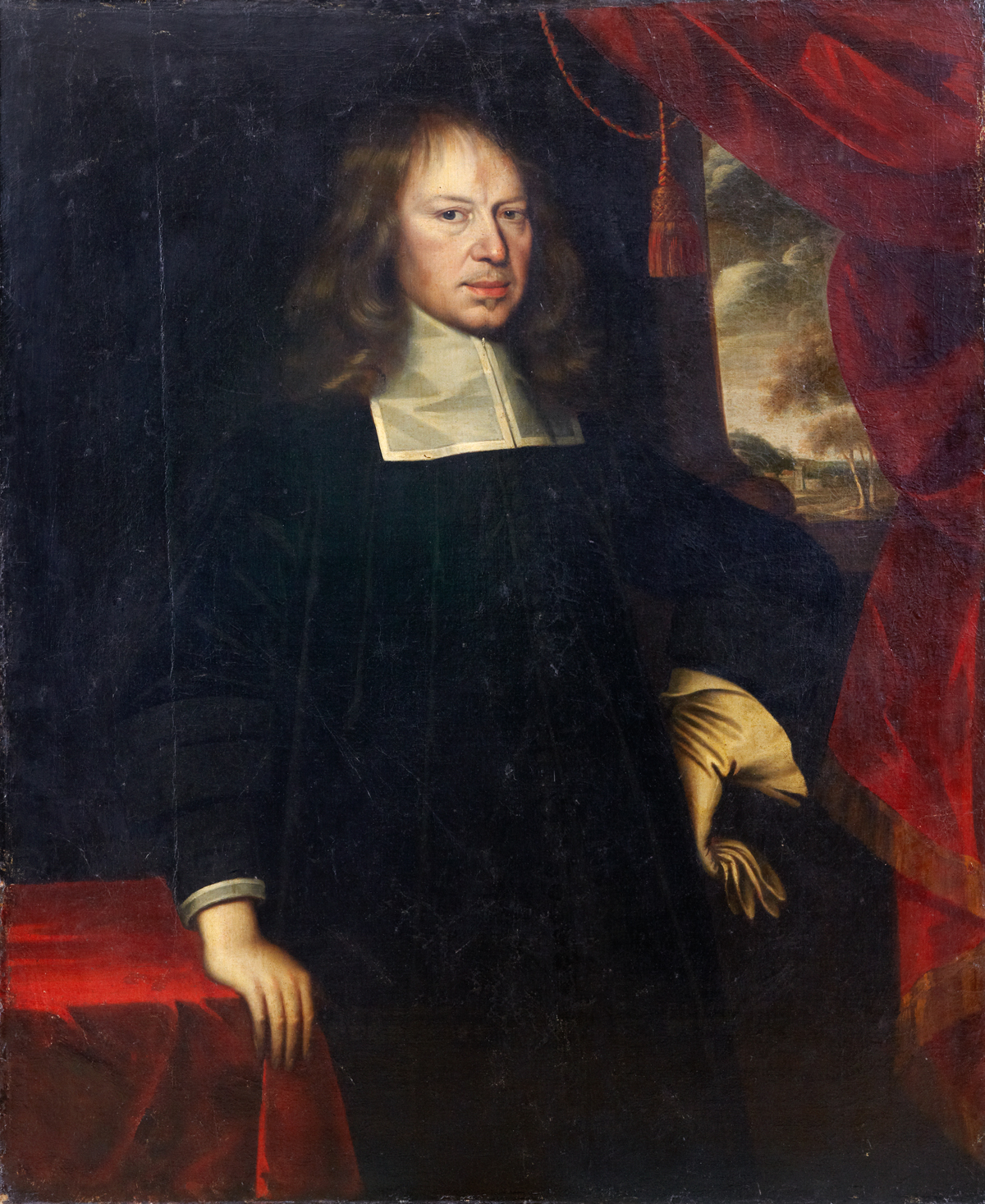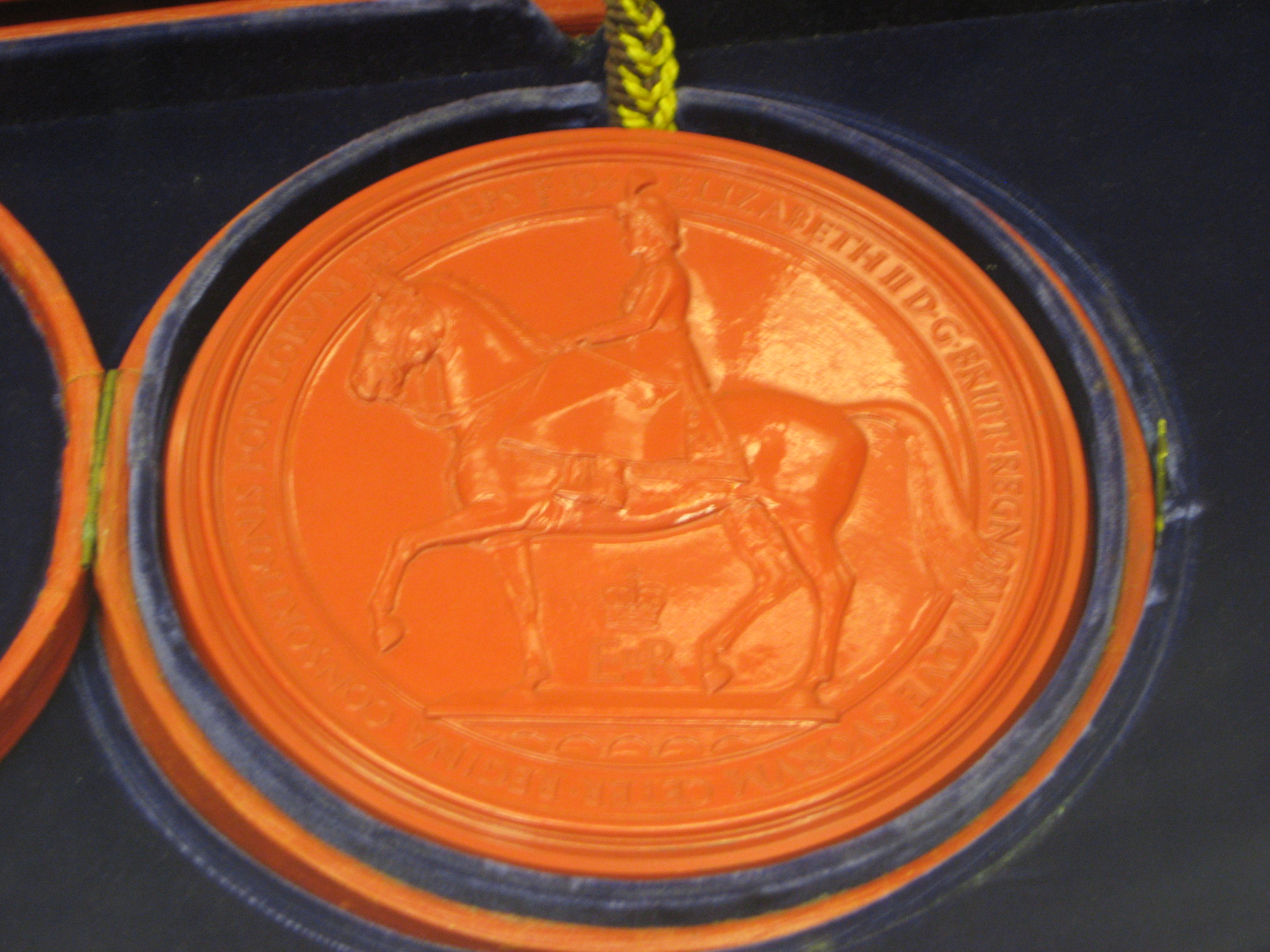|
James Steuart (1608–1681)
Sir James Steuart of Coltness (1608 – 31 March 1681) was a Scottish merchant, banker, landowner, politician and Covenanter. Early life Steuart was the second son of Marion Carmichael and James Steuart (1575–1607), of Allanton, Lanarkshire, and was born posthumously. Marion was sister of Sir James Carmichael, Justice General of Scotland. Career He was a merchant and banker in Edinburgh, acquired a large fortune, then acquired the estates of Kirkfield (from Sir John Somerville of Cambusnethan) and Coldness (from Sir John Hamilton of Edston), both in Lanarkshire, in 1653. He became a burgess of Edinburgh and guild member in 1631, apparently through his marriage to Thomas Hope's niece. Public office Steuart served as Provost of Edinburgh from 1648 to 1652, Commissioner for Edinburgh to the Parliament of Scotland from 1649 to 1650, and Lord Provost again in 1659. For a period of time, he was the Collector of Excise and Accountant-General for the Scottish Army. His period of ... [...More Info...] [...Related Items...] OR: [Wikipedia] [Google] [Baidu] |
David Scougall
David Scougall or Scougal (c.1610–c.1680) was a Scotland, Scottish portrait painter. He is the earliest clearly recorded member of a family of artists, including his son John Scougal, John and grandson George (the latter two often referred to as the "''elder''" and "''younger''" Scougall). Other relatives included Patrick Scougal, Bishop of Aberdeen. Life Scougall was known to have resided at Leith. Although it has been supposed that there was an earlier portraitist in the family, a John Scougall roughly contemporary with Daniël Mijtens, David is the first for whom concrete records exist, with payments to him recorded in 1672 and portraits signed by him dating from the 1650s, including the James Grant of Freuchie, Laird of Grant and Lady Mary held by the National Museums of Scotland.Waterhouse, E. ''Painting in Britain, 1530 to 1790'', p.122 Scougall's style follows in the path of Scotland's first great painter George Jamesone, but was historically said to bear "''a great res ... [...More Info...] [...Related Items...] OR: [Wikipedia] [Google] [Baidu] |
Leith Walk
Leith Walk is one of the longest streets in Edinburgh, Scotland, and is the main road connecting the east end of the city centre to Leith. Forming most of the A900 road, it slopes downwards from Picardy Place at the south-western end of the street to the 'Foot of the Walk' at the north-eastern end, where Great Junction Street, Duke Street, Constitution Street and the Kirkgate meet. For historical reasons the carriageway is known as Leith Walk but the upper half has several stretches with side names including some parts having different names on opposite sides of the street. Running from its upper (south west) end, on the west side of the street the sections are Picardy Place, Union Place, Antigua Street, Gayfield Place and Haddington Place; on the east side, sections are titled Greenside Place, Baxter's Place, Elm Row and Brunswick Place. It continues (on both sides) as Croall Place, Albert Place, Crighton Place and, after the junction with Pilrig Street, as Leith Walk. Hist ... [...More Info...] [...Related Items...] OR: [Wikipedia] [Google] [Baidu] |
Covenanters
Covenanters were members of a 17th-century Scottish religious and political movement, who supported a Presbyterian Church of Scotland and the primacy of its leaders in religious affairs. It originated in disputes with James VI and his son Charles I over church organisation and doctrine, but expanded into political conflict over the limits of royal authority. In 1638, thousands of Scots signed the National Covenant, pledging to resist changes in religious practice imposed by Charles. This led to the 1639 and 1640 Bishops' Wars, which ended with the Covenanters in control of the Scottish government. In response to the Irish Rebellion of 1641, Covenanter troops were sent to Ireland, and the 1643 Solemn League and Covenant brought them into the First English Civil War on the side of Parliament. As the Wars of the Three Kingdoms progressed, many Covenanters came to view English religious Independents like Oliver Cromwell as a greater threat than the Royalists, particu ... [...More Info...] [...Related Items...] OR: [Wikipedia] [Google] [Baidu] |
1681 Deaths
Events January–March * January 1 – Prince Muhammad Akbar, son of the Mughal Emperor Aurangzeb, initiates a civil war in India. With the support of troops from the Rajput states, Akbar declares himself the new Mughal Emperor and prepares to fight his father, but is ultimately defeated. * January 3 – The Treaty of Bakhchisarai is signed, between the Ottoman vassal Crimean Khanate and the Russian Empire. * January 18 – The " Exclusion Bill Parliament", summoned by King Charles II of England in October, is dissolved after three months, with directions that new elections be held, and that a new parliament be convened in March in Oxford. * February 2 – In India, the Mughal Empire city of Burhanpur (now in the Indian state of Madhya Pradesh) is sacked and looted by troops of the Maratha Empire on orders of the Maratha emperor, the Chhatrapati Sambhaji. General Hambirrao Mohite began the pillaging three days earlier. * March 4 – ... [...More Info...] [...Related Items...] OR: [Wikipedia] [Google] [Baidu] |
1608 Births
Sixteen or 16 may refer to: *16 (number) *one of the years 16 BC, AD 16, 1916, 2016 Films * '' Pathinaaru'' or ''Sixteen'', a 2010 Tamil film * ''Sixteen'' (1943 film), a 1943 Argentine film directed by Carlos Hugo Christensen * ''Sixteen'' (2013 Indian film), a 2013 Hindi film * ''Sixteen'' (2013 British film), a 2013 British film by director Rob Brown Music * The Sixteen, an English choir * 16 (band), a sludge metal band * Sixteen (Polish band), a Polish band Albums * ''16'' (Robin album), a 2014 album by Robin * 16 (Madhouse album), a 1987 album by Madhouse * ''Sixteen'' (album), a 1983 album by Stacy Lattisaw *''Sixteen'' , a 2005 album by Shook Ones * ''16'', a 2020 album by Wejdene Songs * "16" (Sneaky Sound System song), 2009 * "Sixteen" (Thomas Rhett song), 2017 * "Sixteen" (Ellie Goulding song), 2019 *" Six7een", by Hori7on, 2023 *"16", by Craig David from ''Following My Intuition'', 2016 *"16", by Green Day from ''39/Smooth'', 1990 *"16", by Highly Suspect ... [...More Info...] [...Related Items...] OR: [Wikipedia] [Google] [Baidu] |
Joseph Foster (genealogist)
Joseph Foster (9 March 1844 – 29 July 1905) was an English antiquarian and genealogist whose transcriptions of records held by the Inns of Court and the University of Oxford remain important historical resources. Life and career While his family was originally seated at Cold Hesledon and Hawthorn on the east coast of County Durham, Joseph Foster was born in Sunniside, Sunderland, the son of Joseph Foster and Elizabeth ''née'' Taylor. Educated in private schools in the neighbouring towns of North Shields, Sunderland, and Newcastle-on-Tyne, Foster developed an interest in genealogy at an early age, inheriting his genealogical faculty from his grandfather, Myles Birket Foster (1785-1861). He published his first genealogical work in 1862, entitled ''The Pedigree of the Fosters of Cold Hesledon in Co. Durham,'' at the age of 18. He was a nephew of the artist Myles Birket Foster. Working initially as a printer in London, Foster continued to undertake genealogical research a ... [...More Info...] [...Related Items...] OR: [Wikipedia] [Google] [Baidu] |
Goodtrees
Moredun is a district in the south-east of Edinburgh, the capital of Scotland. It is east of Liberton, Edinburgh, Liberton, while Craigour is situated just to its north. The estate of Gut-tres or Goodtrees was the family home of Sir James Stewart, 1st Baronet, James Stewart but it was renamed Moredun House in 1769 by the new owner, David Stuart Moncrieff, in recognition of a hill on his Perthshire estate. The house was acquired in 1923 to convert into a convalescent home for ex-servicemen. It was instead found unsuitable and demolished. The facility was instead created in the form of the Murray Homes for the Scottish Veterans Association in 1929. Part of the estate was also sold in 1924 to create the Moredun Research Institute. In the late 1960s six tower blocks were built in the area; whilst all six remain standing, a large project was undertaken to refurbish them to coincide with the construction of the new Edinburgh Royal Infirmary nearby. Two of the 16-storey blocks – Mo ... [...More Info...] [...Related Items...] OR: [Wikipedia] [Google] [Baidu] |
Allanbank, Scottish Borders
Allanbank is a village near Allanton, in the Scottish Borders area of Scotland, in the historic county of Berwickshire. Allanbank Chapel was dedicated to St. Mary and was located in a small field named Chapel Haugh. Nearby places include Blackadder Water, Duns, Earlston, Edrom, Gavinton, Kelloe, Kimmerghame House, and the Whiteadder Water. See also * Pearlin Jean *List of places in the Scottish Borders ''Map of places in the Scottish Borders compiled from this list'':See the list of places in Scotland for places in other counties. This list of places in the Scottish Borders includes towns, villages, hamlet (place), hamlets, castles, golf courses ... References * Ewart, G (2008c) 'Allanbank House, Scottish Borders (Edrom parish), monitoring', ''Discovery Excav Scot, New, vol.9'' Cathedral Communications Limited, Wiltshire, England. Page 157 * Strang, C A (1994) 'Borders and Berwick:an illustrated architectural guide to the Scottish Borders and Tweed valley, RIAS / Landm ... [...More Info...] [...Related Items...] OR: [Wikipedia] [Google] [Baidu] |
The Peerage
A Peerage is a form of The Crown, crown distinction, with Peerages in the United Kingdom comprising both hereditary title, hereditary and life peer, lifetime titled appointments of various Imperial, royal and noble ranks, ranks, which form both a constituent part of the House of Lords, legislative process and the British honours system within the framework of the Constitution of the United Kingdom. The peerage forms the highest rung of what is termed the "British nobility". The term ''peerage'' can be used both collectively to refer to this British nobility, entire body of titled nobility (or a subdivision thereof), and individually to refer to a specific title (modern English language-style using an initial capital in the latter case but not the former). British peerage title holders are termed peers of the Realm. "Lord" is used as a generic term to denote members of the peerage, however individuals who use the appellation ''Lord'' or ''Lady'' are not always necessarily pee ... [...More Info...] [...Related Items...] OR: [Wikipedia] [Google] [Baidu] |
Craighall, Fife
Ceres is a village in Fife, Scotland, located in a small glen approximately over the Ceres Moor from Cupar and from St Andrews. The former parish of that name included the settlements of Baldinnie, Chance Inn, Craigrothie, Pitscottie and Tarvit Mill. Village Ceres is one of a few Scottish villages to have a village green. It is known as the "Bow Butts" since its use as an archery practice ground in medieval times. The Ceres Burn runs through the village and alongside the green. An old packhorse bridge, known as the "Bishop's Bridge" has spanned the burn since the 17th century and still stands close to a more modern road bridge. The village is dominated by the Parish Church. It has what is possibly the shortest High Street in Scotland - just a few houses on each side. In a prominent position by the Bow Butts is a monument commemorating the men of Ceres who fought in the Battle of Bannockburn in 1314. It was erected on the six hundredth anniversary of the battle, in 1914. Th ... [...More Info...] [...Related Items...] OR: [Wikipedia] [Google] [Baidu] |



